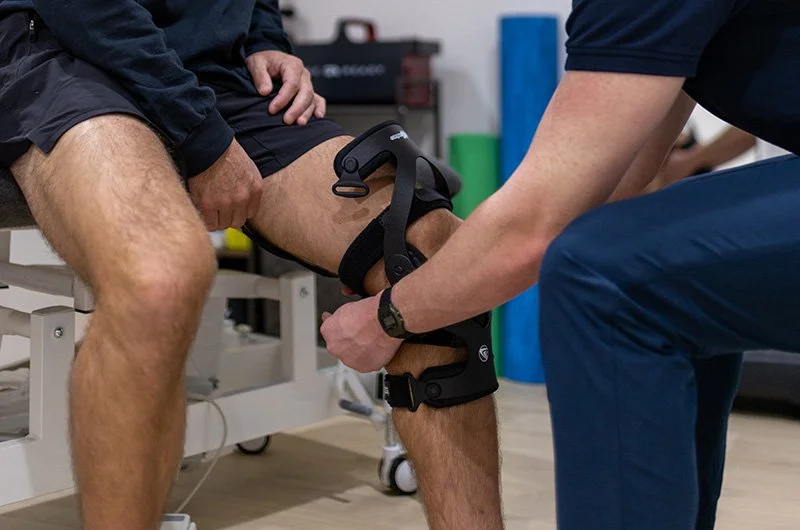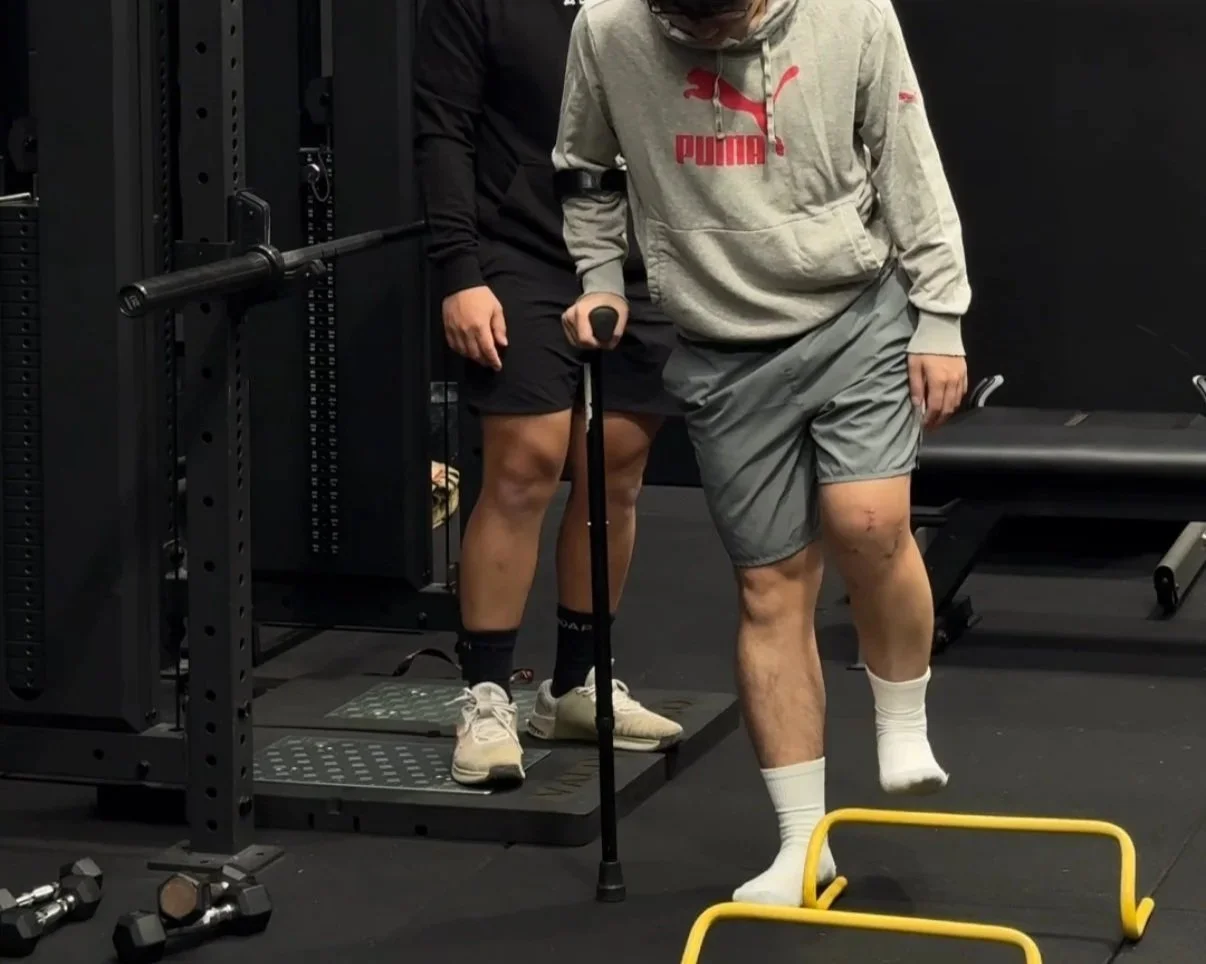Do All ACL Injuries Require Surgery?
What exactly is an ACL injury? adapt physiotherapist dat discusses whether this devastating injury always requires surgery or not
An anterior cruciate ligament (ACL) injury is one of the most common and talked-about knee injuries—especially in sports. When people hear “ACL tear,” they often assume surgery is the only option. But is that always true? The answer is: not necessarily.
At ADAPT Nundah | Strength & Conditioning, Physiotherapy & Exercise Physiology, we’ve helped countless athletes and everyday individuals recover from ACL injuries. With the right assessment and structured rehabilitation, many people achieve excellent outcomes without surgery.
Let’s break down what the ACL does, what happens when it’s injured, and when surgery may - or may not - be required.
The Role of the ACL
The ACL is a key stabiliser of the knee. Its main roles are to:
Control knee rotation and forward/backward movement
Provide stability during pivoting, cutting, and jumping
Give confidence when changing direction at speed
When the ACL is torn, many people report instability—often described as the knee “giving way” - and a loss of confidence in fast or unpredictable movements.
The Common Belief: Surgery Is Always Needed
If you or someone you know has injured their ACL, you’ve probably heard: “You’ll need surgery.” This advice is common, but modern research shows it isn’t the whole story.
Not everyone needs surgery to return to their desired level of activity. The best treatment depends on your age, lifestyle, sport demands, and goals.
What the Evidence Says
1. Age and Lifestyle Factors
For people over 50 who don’t participate in high-demand sports (cutting, pivoting, or jumping), surgery is often unnecessary.
Surgery at this age can increase risks of complications such as DVT, VTE, or acute kidney injury.
A structured physiotherapy program can restore knee function for daily life, walking, and lower-impact exercise without the need for an operation.
2. Healing Without Surgery
Research now shows that ACLs may have the potential to heal under the right conditions. This requires a structured bracing protocol and gradual rehabilitation process to allow the ligament to heal while increasing knee strength and stability. Even without healing, in some cases:
Scar tissue can form and provide enough stability.
Targeted rehab - focusing on neuromuscular control, balance, and lower limb strength - can restore function and confidence.
3. Returning to Sport Without Surgery
Here’s the exciting part: up to two-thirds of athletes can return to sport following structured rehabilitation - without ever having surgery.
Success relies on progressive loading, sport-specific training, and individualised rehab programs.
At ADAPT Nundah, we’ve guided athletes through this process with strong, evidence-based outcomes.
Importantly, long-term studies show similar results in pain, function, and satisfaction between patients who had surgery and those who completed high-quality rehab.
So, Do You Need Surgery?
The decision depends on several factors:
Your age
Your activity goals (elite sport vs recreational fitness)
The current function of your knee
Your response to early rehabilitation
At ADAPT Nundah, our goal is to provide you with all the information, so that you can make the best decision possible. We provide clarity, not pressure. For some, surgery may be the best path; for others, structured rehab can be equally effective.
Key Takeaway
An ACL tear doesn’t always equal surgery. With the right guidance, rehab may allow you to live - and even compete - without going under the knife.
If you’ve injured your ACL, book an assessment with our experienced physiotherapist in Nundah. We’ll help you make the best decision for your body, your lifestyle, and your long-term health.


